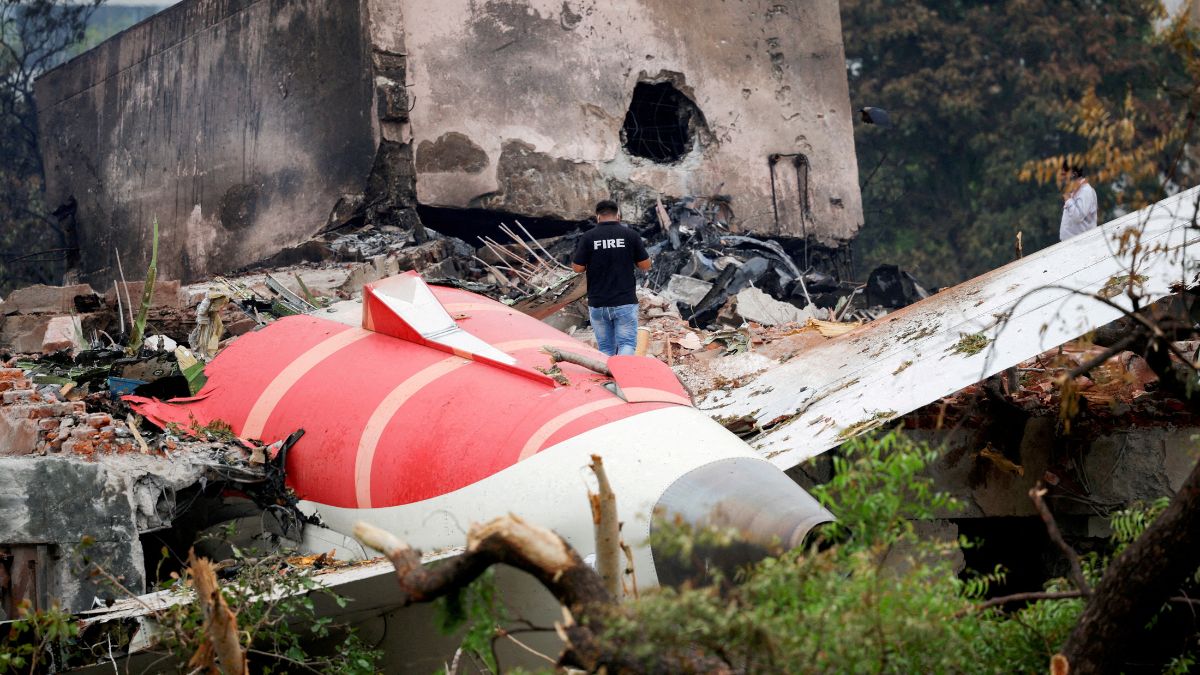The Aircraft Accident Investigation Bureau (AAIB) released its initial probe report on the crash of Air India flight from Ahmedabad to London on June 12. The 15-page-long document has shed light on the turn of events on that fateful day that killed 260 people.
Air India’s Boeing 787-8 plane that was operating flight AI 171 from Ahmedabad to London Gatwick on June 12, crashed seconds after takeoff.
It said that the mishap occurred after both engines had shut down seconds after takeoff. The report also said that Engine 1 and Engine 2 fuel cutoff switches transitioned from RUN to CUTOFF within one second of each other. This means the engines of the aircraft were completely starved of fuel supply.
Here is the series of developments as they happened in the cockpit that eventually unfolded in the crash of the Boeing Dreamliner aircraft:
The aircraft achieved the maximum recorded airspeed of 180 Knots and immediately thereafter, the Engine 1 and Engine 2 fuel cutoff switches transitioned from RUN to CUTOFF position one after another with a time gap of 01 second
The Engine N1 and N2 began to decrease from their take-off values as the fuel supply to the engines was cut off
In the cockpit voice recording , one of the pilots is heard asking the other why he cut off the fuel supply, to which the co-pilot replied that he did not
The aircraft started to lose altitude before crossing the airport perimeter wall
Enhanced Airborne Flight Recorder (EAFR) data show that both engines’ N2 values passed below minimum idle speed, and the RAT hydraulic pump began supplying hydraulic power
Following this, at 1:38 pm, the cutoff switch of Engine 2 transitioned from CUTOFF to RUN
The EAFR transmission recording stopped at 1:39 pm
At about 1.39 pm, one of the pilots transmitted “MAYDAY MAYDAY MAYDAY”
The Air Traffic Control Officer (ATCO) enquired about the call sign but did not get any response and observed the aircraft crashing outside the airport boundary and activated the emergency response
)